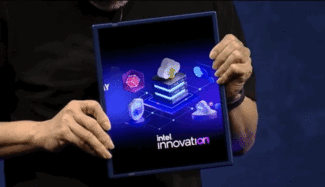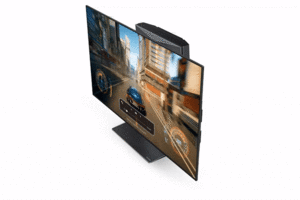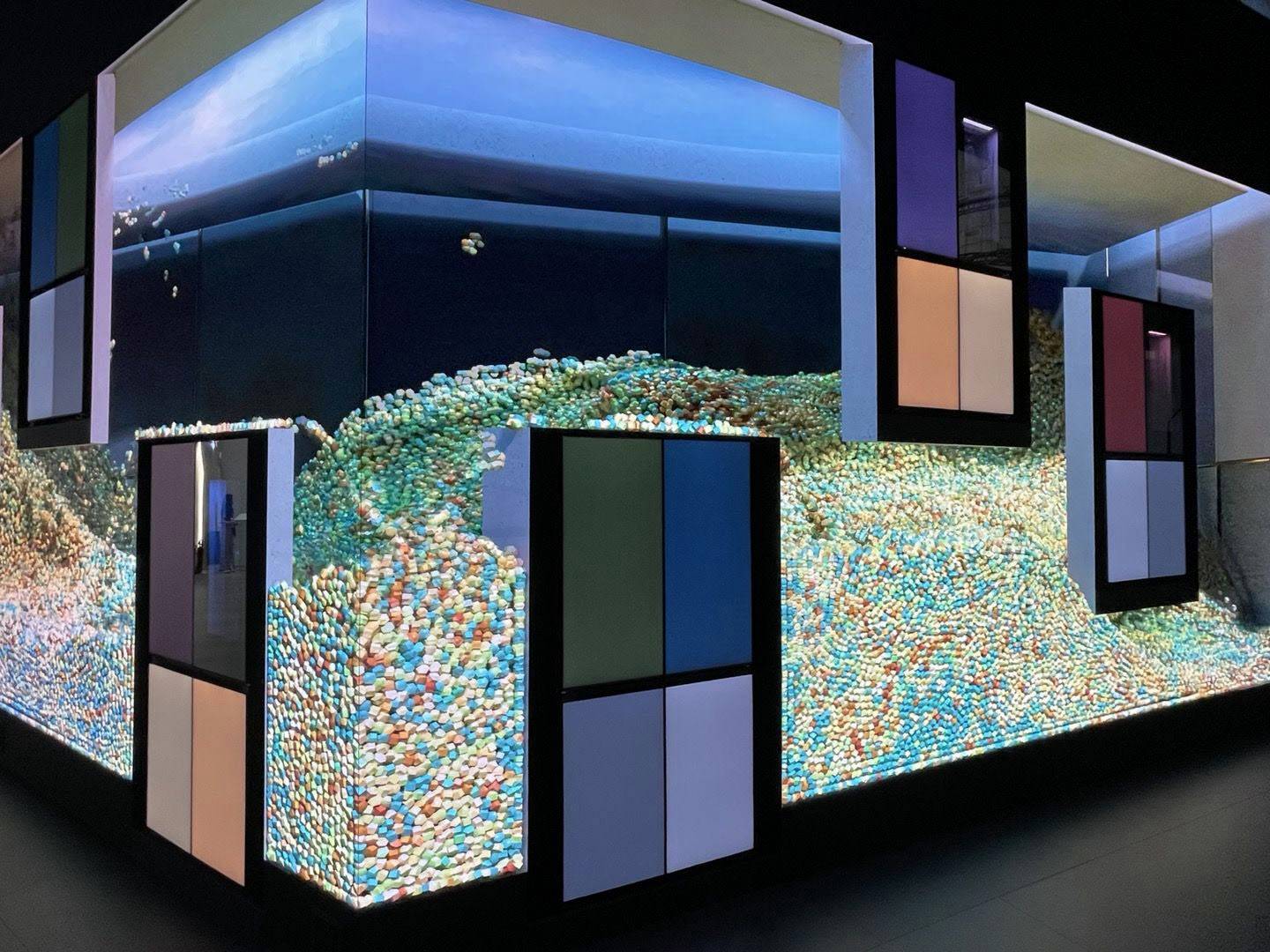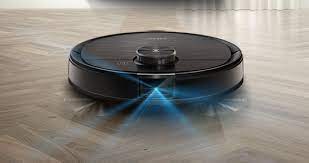Robot Vacuum Cleaner
robotic vacuum cleaners
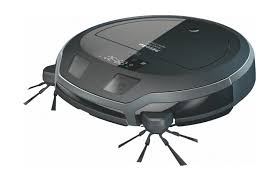
Why can a robot vacuum cleaner find its way and avoid obstacles?
Robot meets cleaner. Just leave it on and clean every corner of your home.
Why can a robot vacuum
cleaner find its way and avoid obstacles?
The technology called 'SLAM' in robotics is an abbreviation for 'Simultaneous
Localization And Mapping', which means 'Simultaneous Positioning and Mapping '. In other words, it is a technique in which a machine moves in an arbitrary space, navigating its
surroundings, mapping the current space, and locating itself.
A camera mounted on
top of a robot cleaner takes pictures of the ceiling or walls and distinguishes between
features such as light, dark, or patterned. The interior walls are divided into numerous compartments with their own
characteristics, and the coordinate sections are set up to create a map.
The map becomes
increasingly sophisticated as the robot cleaner moves around the living room and room several times and repeats the same actions.
The robot vacuum cleaner will then be able to accurately infer its position based on specific
coordinates.
This is why this technology
will allow the robot cleaner to move freely between the room, the living room and the kitchen. Obstacle detection uses 'infrared' and the robot cleaner
detects obstacles through infrared.
There are three main
ways to use infrared. It is a
measurement of light volume, time, and triangulation. The amount of light is a measure of the amount
of infrared radiation that returns, and the farther away the obstacle is from the infrared sensor, the less the amount of infrared light that is reflected back decreases.
This can be measured
to measure the distance from the obstacle.
Measuring the time when infrared
light reflects back at an obstacle can also save
distance. Triangulation is a technique that shoots infrared light horizontally in front of you, and then tracks its position to the distance at which the infrared light that is hit
by an obstacle and reflected is
placed on the robot
cleaner's mirror sensor.
For a robot cleaner, stairs are probably the most dangerous. If it rolls down, it can break, and a person can get hurt. Cliff sensors
to prevent this are also utilized by infrared.
The robot cleaner
continuously shoots infrared signals towards the surface to measure the distance from the floor.
If the signal does not echo immediately, the robot determines that it has reached a staircase or cliff and changes direction. Infrared light is also used to return the battery to the docking station of the robot cleaner.
The docking station shoots infrared light to bring in a robot cleaner. The
sensing sensors of robot vacuum cleaners usually respond to infrared light at wavelengths between 900 and 1,000
nanometers (nm). The sensing sensor takes no action in visible light, but when it
recognizes infrared light with a certain wavelength, it begins to output a
signal.
The docking
station then shoots infrared
light with 3 or so different patterns, which the robot
cleaner uses as a guide to locate the docking station.
With the addition of smart technologies to robot cleaners, robot cleaners for glass windows and swimming pools outside of home are emerging. We expect that in the
future, there will
be many robotic cleaners
who are capable of taking care of and cleaning up places that are difficult for us
to reach.








